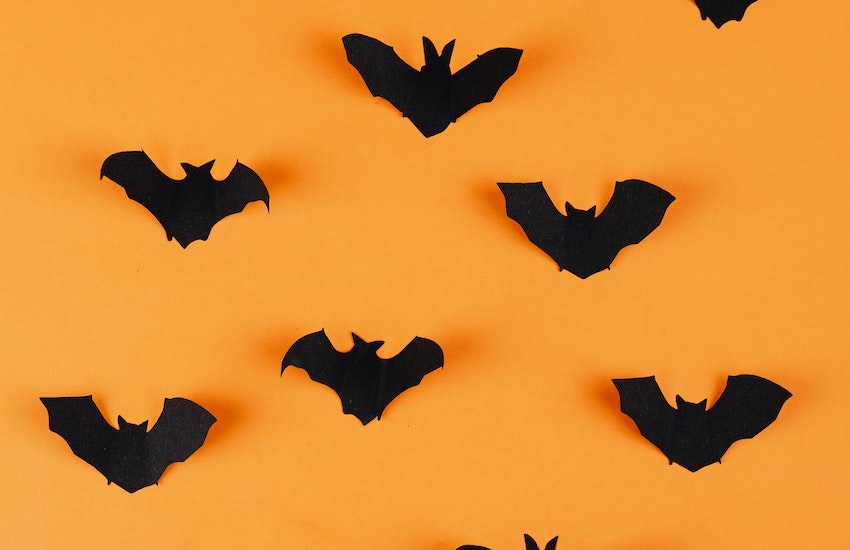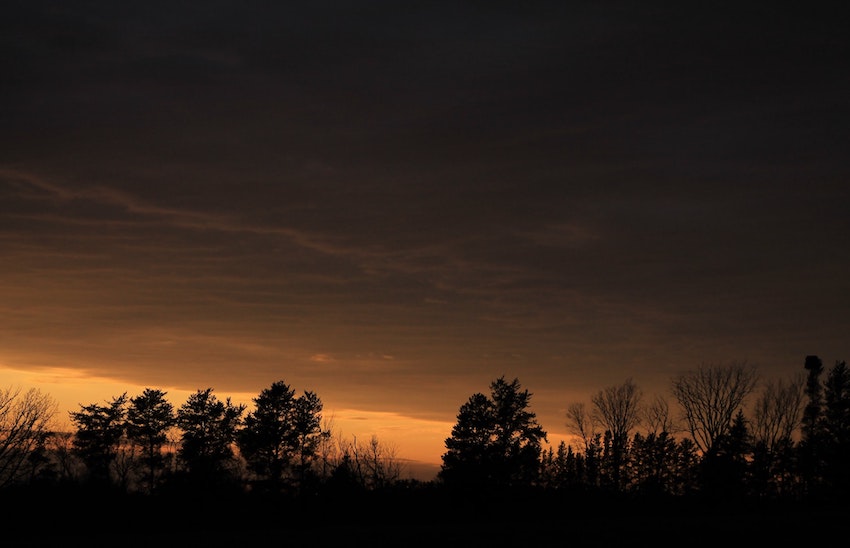
Bats have a spooky reputation owing to their associations with witchcraft and the devil. But with Halloween approaching, now is a good time to seek out these underappreciated animals who are an integral part of Jersey’s natural environment.
18 different species of bat have been spotted in Jersey, some of which are known to breed on the Island. The most frequently found bat is the common pipistrelle (Pipistrellus pipistrellus), but we also have the grey and brown long-eared bats (Plecotus auratus and P. austriacus), and the serotine bat (Eptesicus serotinus).
If you’ve not been bat-spotting before, read on for some top tips…
Where do bats live?
Bats seek out safe, dark spaces to roost. Unlike mice and other rodents, they don’t build nests or cause any structural damage in their roosts. Instead, they use existing crevices and cracks found in trees or caves, and can squeeze through openings of only a few centimetres.
Some bats also rely on human-made structures because of a lack of natural habitat. Many buildings (both new and old) offer suitable spots, whether it’s under a loose roof tile or behind cladding.

It’s commonly stated that a pipistrelle bat can eat over 3,000 small flies, midges and mosquitos in just one night – so bats can be a big help to gardeners and farmers. Bats are an important pollinator for plants too, and their droppings make good fertiliser.
When is the best time to see bats?
The best time of year to see bats is between May and September but you’ll still spot bats around Halloween time and (if the weather is mild) into November. When temperatures drop, bats will settle down to hibernate over winter and they won’t emerge again until Spring.
Bats are nocturnal so you’ll most likely see them around sunrise or sunset. They are easiest to spot around dusk when they come out to feed, so keep an eye out from 15 minutes before sunset. Bats also prefer to hunt when the weather is warm and dry.
Where are the best places to see bats?
Bats live in both towns and the countryside but you’ll have more luck if you choose a spot with minimal light pollution as bats prefer to fly in the dark. Avoid open areas too, since they favour sheltered environments to avoid predators such as owls.
Look for gaps where bats might squeeze under – either in buildings (e.g. under roof tiles or behind cladding) or in trees (e.g. woodpecker holes, cracks in branches, lifted bark).
If you spot bats, submit your records to the Jersey Biodiversity Centre for RoostwatchJE, ideally with a photo of the roost where they flew in and out.
How do bats navigate at night?
Although a popular saying, the phrase ‘blind as a bat’ is, in fact, a myth. Bats have good eyesight but also rely on echolocation to pinpoint their prey at night. When they fly, bats make high-pitched sounds that bounce back after hitting objects in their path. The echoes help them to determine the location of the objects.
A bat detector converts these ultrasonic bat calls into sounds that are audible to humans. Echolocation calls vary between bat species, both in terms of frequency and pattern, so detectors can help decipher between species.
Are bats protected?
All bat species and their roosts are protected under the Wildlife (Jersey) Law 2001. It is illegal to capture, injure or kill a bat, or disturb them or their roosts. Jersey’s bats are also given international protection from the Berne and Bonn agreements.




